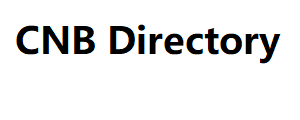This pricing strategy is about increasing sales using principles of human psychology . A common tactic is “charm pricing” – when the price is billed at 9, 99, or 95 for 95 cents, make it feel cheaper than it is. This works because the number appears smaller when one reads from left to right.
Another psychological pricing strategy is known as price anchoring. It makes the price look like a good deal by anchoring the price high and then offering a lower price. For example, ” $100 is now $75.”
If people in your target market are attracted by sales and discounts, this pricing strategy could be a good bet. However, these strategies don’t work when your target market is primarily concerned with quality and/or prestige.
Premium Pricing Strategy
A premium pricing strategy is exactly what it sounds like. The idea is to set a high price to increase the perceived value of a product or service. It is also known as prestige or luxury pricing.
Unsurprisingly, premium pricing is most Railroad Transportation Email List commonly seen among luxury brands in the fashion and hospitality industries. For example, watch brand Rolex uses a premium pricing model.
Most brands using this pricing strategy will set prices well above COG.
Bundle Pricing Strategy
Whenever you offer two or more products for a unit price, you are using a bundle pricing model. A classic example of a bundled pricing strategy is when a fast food chain like McDonald’s offers meal deals.
Bundle Pricing Strategy: McDonald’s
This strategy can help you increase your average order value (AOV) by cross-selling and stroking complementary products.
Free Strategy Pricing Strategy
The price of a free plan is for a business to offer a basic version of its core product in order to freely encourage people to use the product CNB Directory or service. The company will then commit to upsell users a paid premium version of the product or service that offers more value.
This pricing strategy is primarily used by software-as-a-service (SaaS) businesses that offer free plans with limited functionality, allowing users to experience the software before committing to it.

